When travelling around Asia it’s almost impossible to miss the colorful and vibrant street markets which sell both food and artisanal products. The street markets are captivating both locals and tourists with its raw energy, plenty of intertwining aromas and sounds keep all senses busy and entertained. I think it’s safe to say that Asian markets are one of the greatest places to experience the unique essence of Asian life.
The Asian markets are often divided into the ones which focus on food and others on the handicrafts, clothes and souvenirs.
I recommend visiting both types of markets as they offer different kind of experience. The food markets often open in the evening (however, some of them can be operating during lunchtime or even throughout all day). If you like trying local cuisines, these markets give a perfect opportunity with endless array of food stalls offering an eclectic mix of flavors and textures. The variety is often enormous and visit to the market is a great opportunity to try something new. After enjoying meals this way in many Asian countries, to me a street food is not just a meal but an adventure for the palate. When walking around the markets you can also overlook the locals since these places are also hubs of social interaction, where families and friends gather to catch up over a steaming bowl of noodles and bond while shopping for fresh ingredients for dinner.
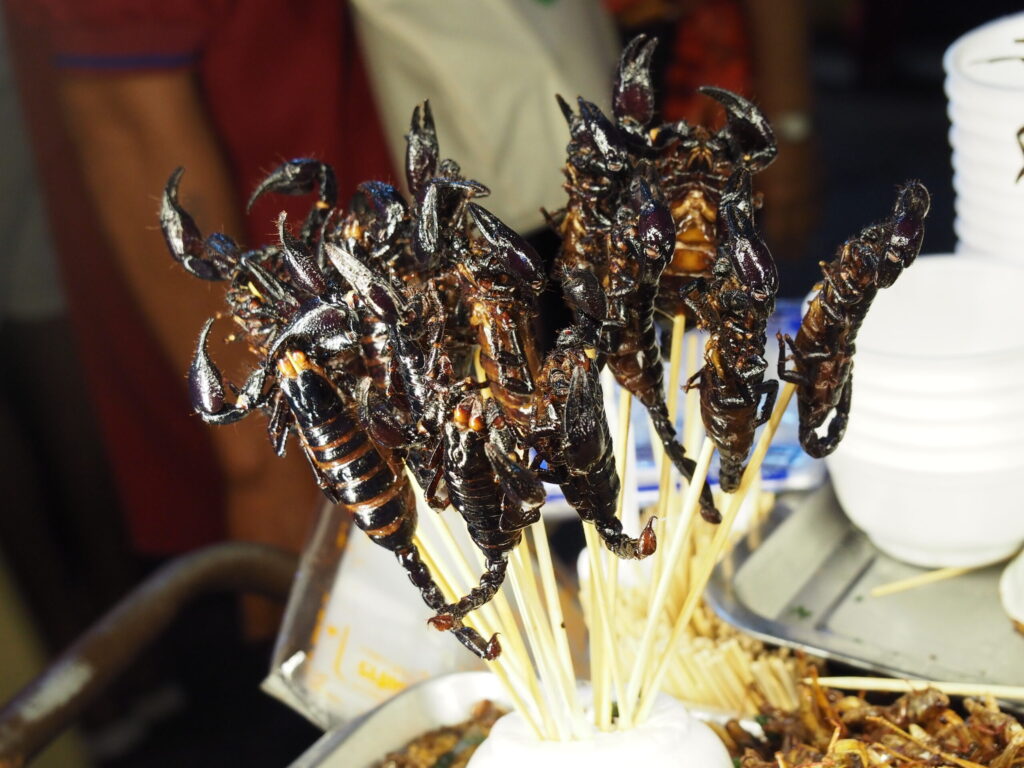 |
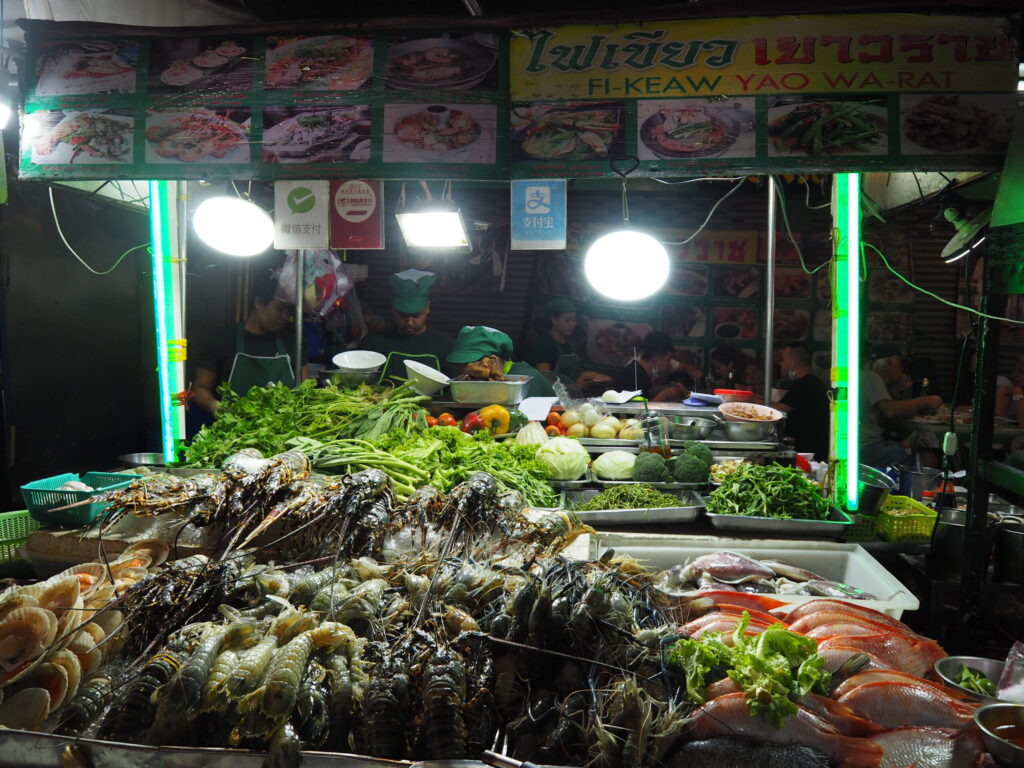 |
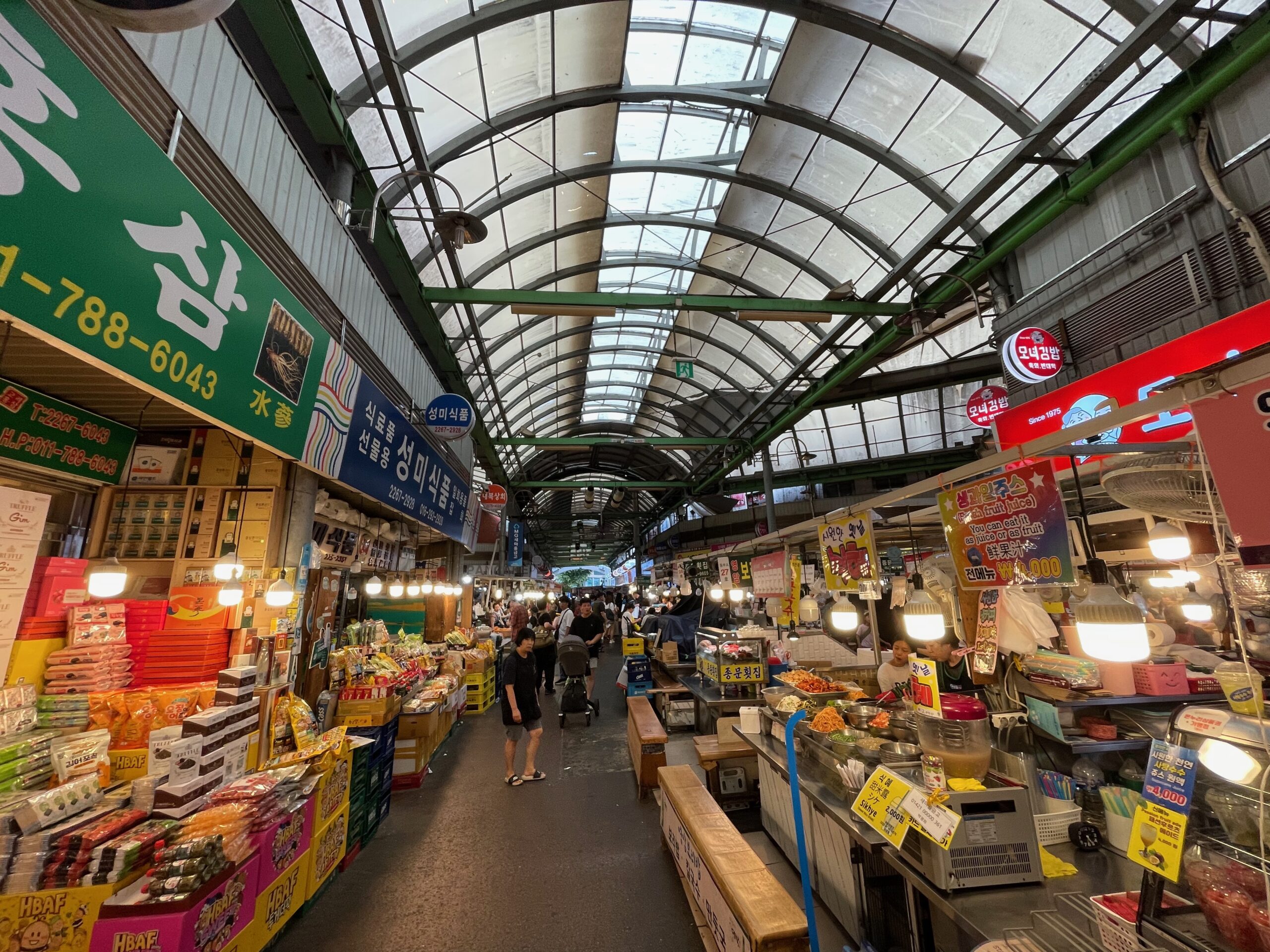 |
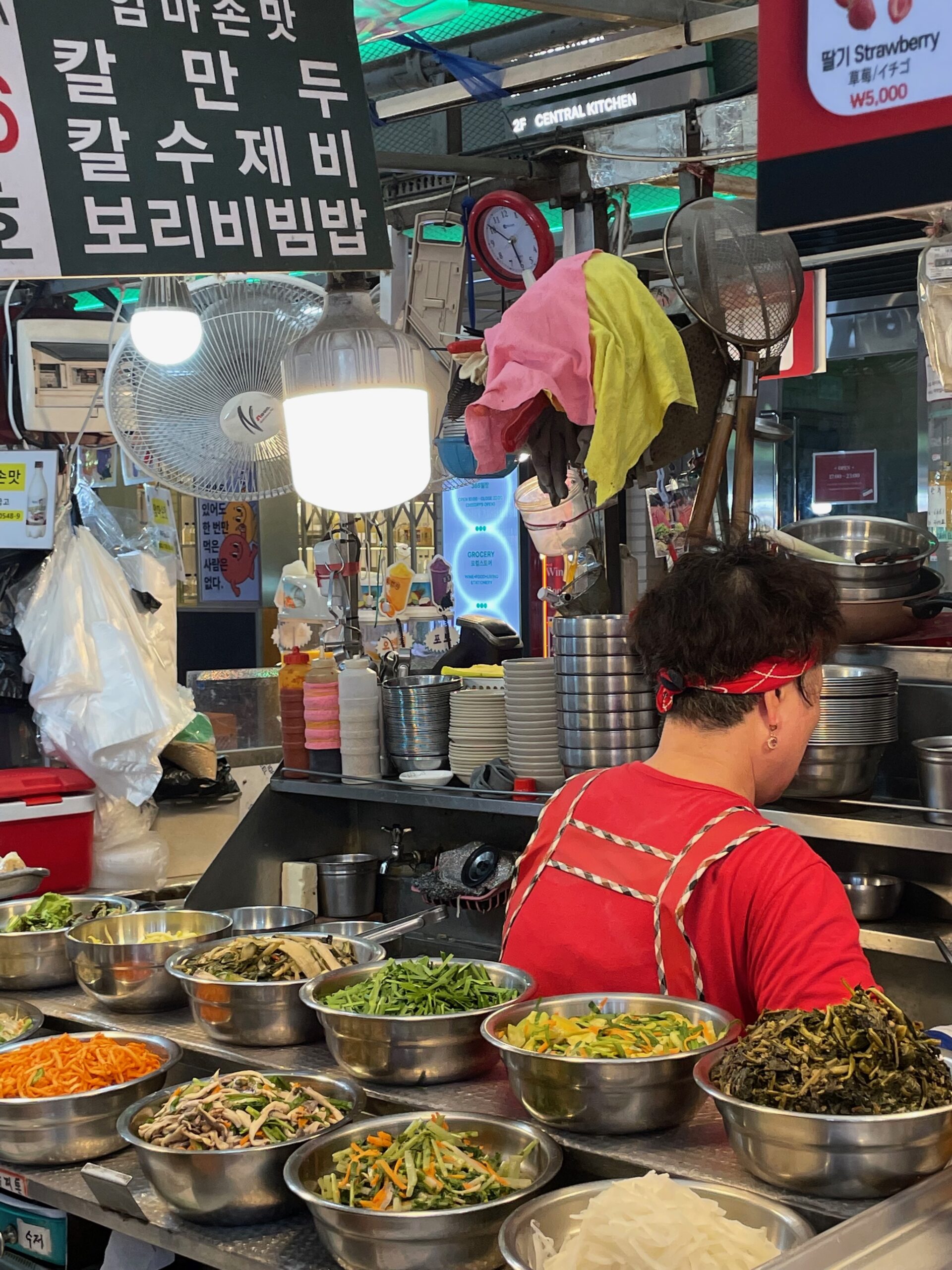 |
Another type of markets focus on non-edible goods, offering rich assortment of handicrafts, clothing, and souvenirs. These are places where you can find unique items made by locals, support local economy by buying from individual sellers and purchase great quality original items at the fraction of the price offered for similar products in regular souvenir stores. However, mediocre and good quality items often stand near each other and recognizing good quality product and negotiate its price requires certain skills.
In this post I will provide a small guide how to navigate through both types of the markets so you will make the most of your Asian experience.
Note that the guide I post here is completely subjective. This is just a small compilation of do’s and don’ts, rules of thumbs and common sense advice which I use when navigating through Asian markets. I visited many places in Asia and all I recommend here comes from my own experience. Using the tips below I had many wonderful experiences with trying authentic good quality local food, avoid food poisoning, find original and high quality souvenirs at the very reasonable prices and in general enjoyed the whole Asian markets explorations getting the most from the experience. I think that these tips in general allow to avoid many misconceptions and disappointments.
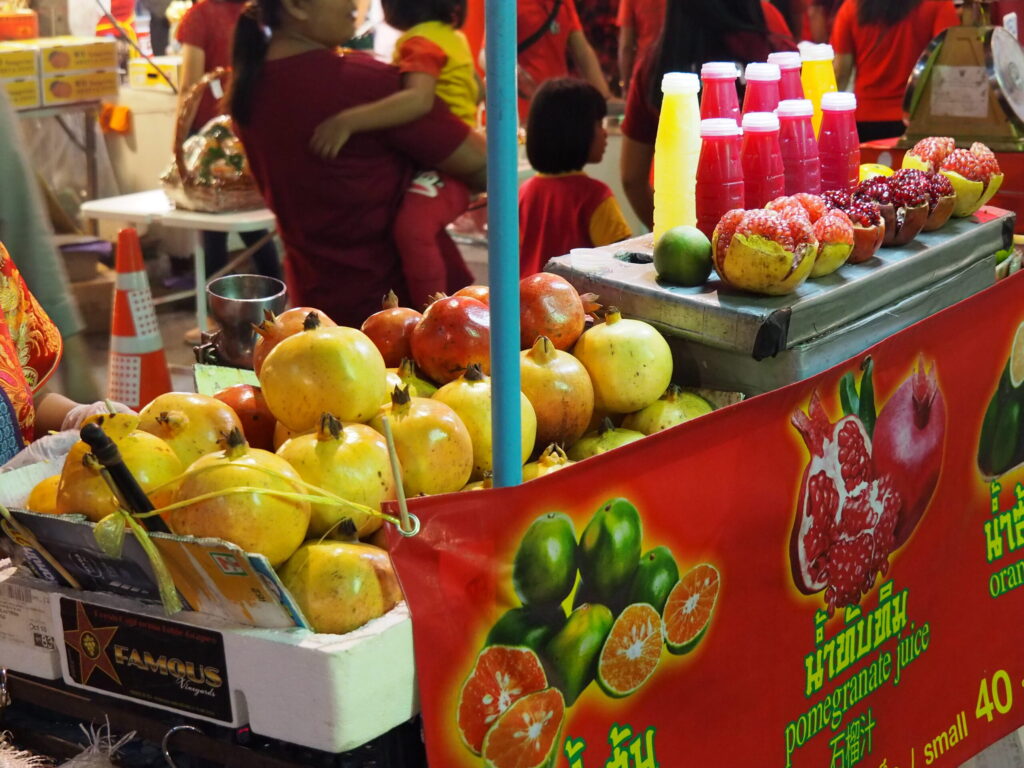 |
Tips for buying food on Asian street markets:
- Bring cash. Before you start your experience, make sure you’re prepared. In many street food markets you can only pay by cash, so visit ATM before getting lost between the colorful stalls and the delicious aromas coming from them.
- Check the opening times. Always check the opening hours of the food market you want to visit. They rarely operate all day, some of them are open just until lunch hours, many are open only in the late evening and close late in night.
- Look where the locals eat. It’s easy to get caught up in the culinary adventures and try many things. However, I recommend looking for places where local people queue. It’s probable that they know the cook and the food there is fresh, tasty and of good quality.
- Stay vigilant on hygiene. Pay attention how the ready dishes but also ingredients are stored. Does the stand look clean? Don’t you see the insects sitting on meat/fish/peeled fruits and vegetables? If the food is served row, pay attention if it’s stored properly, you don’t want to eat fresh fruits smoothies/juices/raw fish/eggs which was not put to fridge immediately after being prepared or even worse stood in hot and humid places for longer time.
- Pay attention if the food is fresh. If you want to make sure that the food is served fresh, choose the stands where the cook prepares the dish on your eyes and then hands it to you (so you know that there were no mistakes made during storage).
- Opt for smaller portions. If you want to try many types of dishes, I suggest opting for smaller portions/snacks as you move along the stands, so you won’t get full just at the beginning of experience.
- Strategize. A good idea to try different things is to first have a walk along all the length of the food market and briefly check all the stands so you can see what is served there and which dishes caught your eye. Then it’s easier to decide where for sure you want to stop by, and what you definitely want to try. This also allows you to avoid situations when you move on main dish/desserts to learn only later than nice snacks are more at the end of the market. Basically, having a short preliminary walk will allow you to better plan your meal.
- Don’t negotiate. Contrary to artisanal and clothes markets, in food markets you rarely negotiate the prices. Normally the prices are clearly indicated for each dish and that’s what you pay.
- Bring antibacterial solution. When walking around the market, you most probably touch many things (including the money to pay for the dish), the hygienic conditions are usually lower than in regular restaurants (you may reconsider the restaurant with hygiene lower than the street food stand :)), so make sure to have antibacterial gel/wipes to clean your hands before starting your meal.
Interestingly, some of the rules for the street food markets apply also for regular markets selling non-edible products (or packed food/ingredients).
Tips for buying souvenirs on Asian street markets:
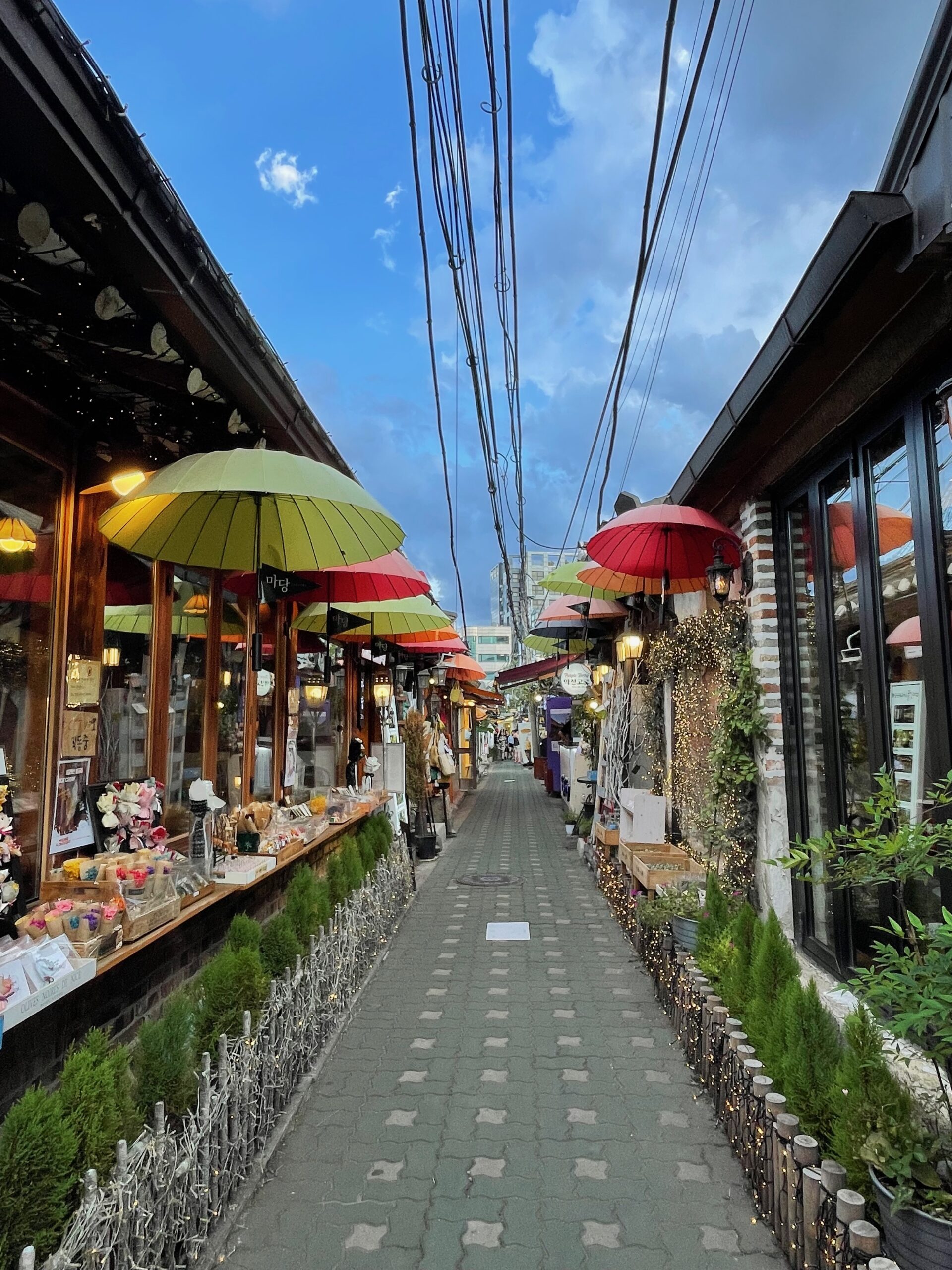 |
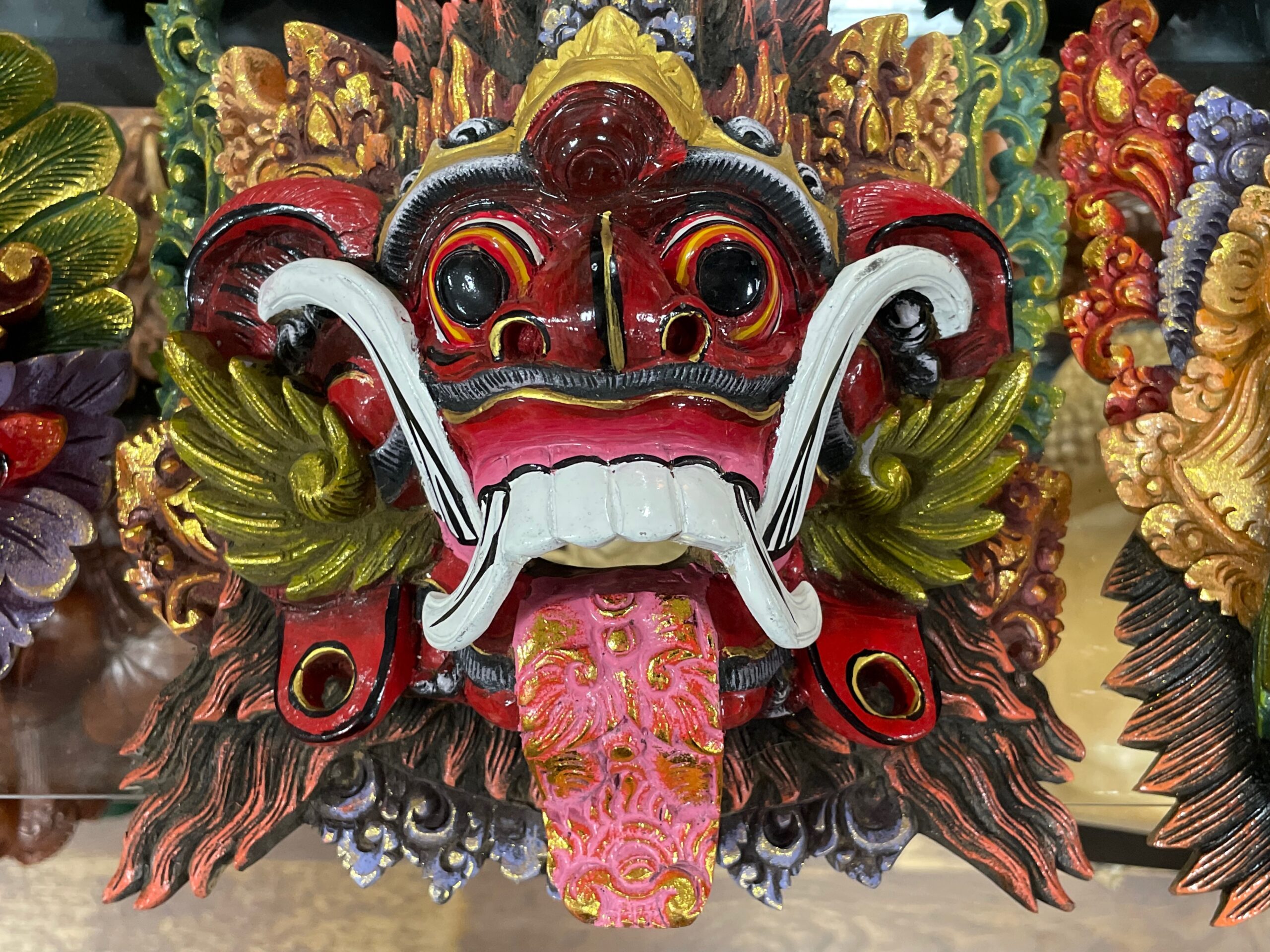 |
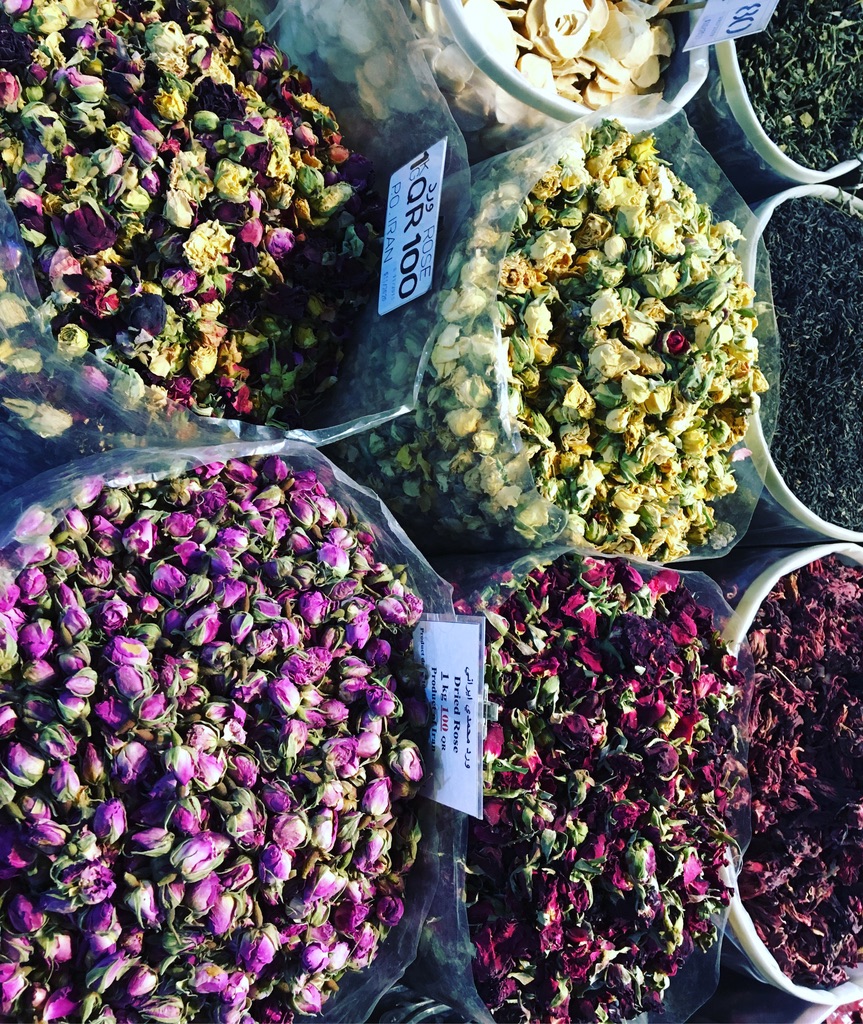 |
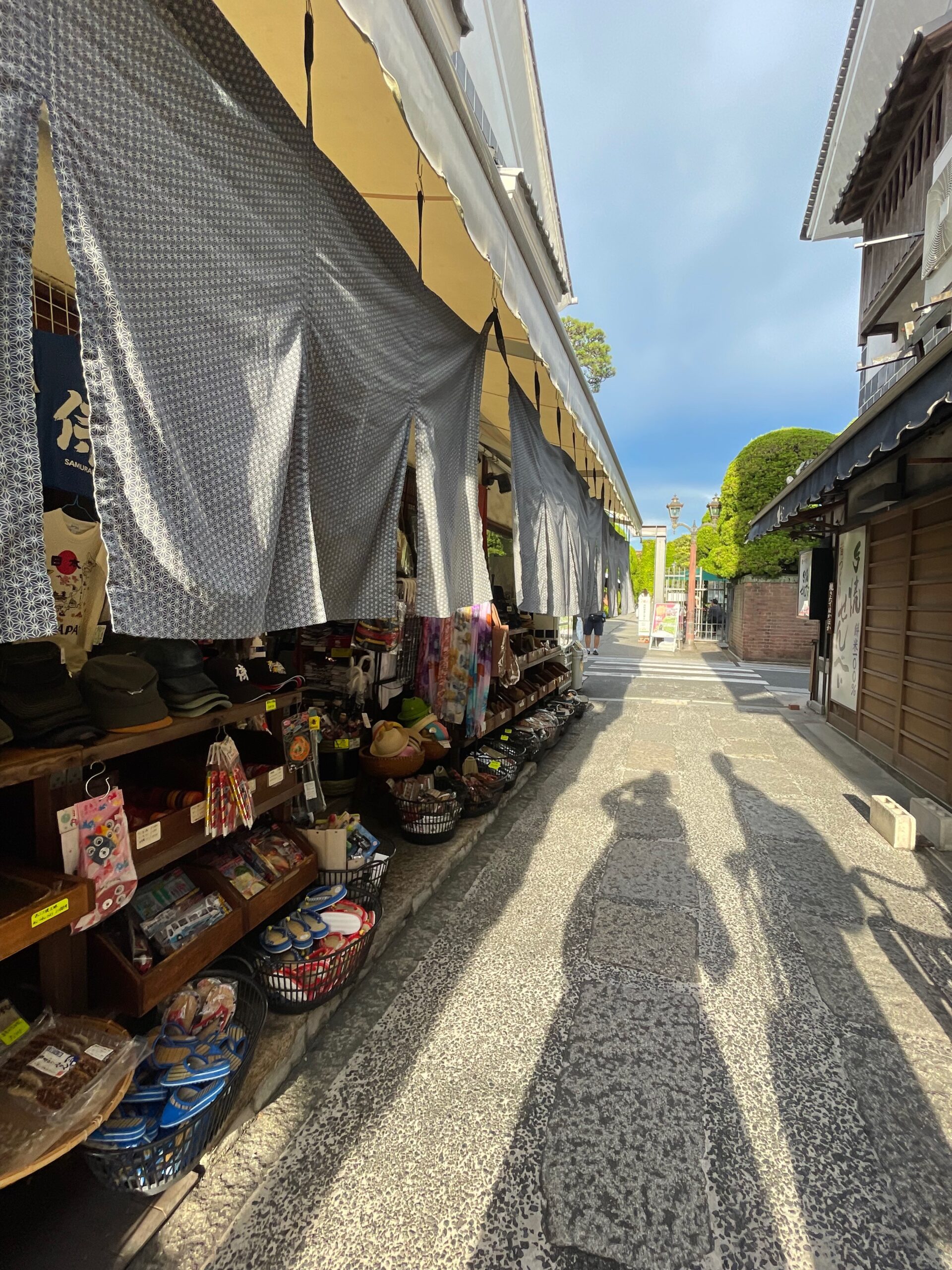 |
- Bring cash. Similarly as for food street markets in many places you won’t be able to pay by card. In case you’re out of cash ask the vendor for the closest ATM. In very touristy places check what provision the ATM takes, sometimes the percentage is very surprising (and not in good sense). Check the ATMs frequented by locals.
- Negotiate prices. In majority of Asian countries, it’s customary you negotiate the price (it’s rarer in South Korea and Japan). Negotiation of prices on Asian markets is a skill which is perfected by practice 🙂 I have heard once an interesting claim that the fairness of prices on Asian markets lies in the compromise – the price the vendor is willing to sell for meets the price the buyer is willing to pay. Anyway, it’s still useful to have some basics of negotiation covered:
- Get a grasp of the actual value. This is especially important if you want to buy an item of greater value. You can check for similar items in regular shops or online. Another good idea would be to visit other stands which sell similar objects and inquire for the prices. Sometimes you find the same objects in big shops and supermarkets where the prices are fixed which is a very useful piece of information to gauge the market value of the item. All those actions combined will give you a good idea what is the threshold above which you probably would pay too much.
- Feign indifference. Don’t show you’re very interested in buying the item as this in most cases decreases your negotiation power. The good tactic is just discussing casually the object, expressing hesitance and walking away after. These actions combined can secure you a very good offer.
- Cut by half. If you completely have no idea which price you want to suggest, try asking first what’s the price and then ask what’s the discount (often the seller immediately informs that they offer a discount). You can then suggest 50% of the discounted price, and often you end up somewhere in the middle (around 75% of discounted price). Smile a lot and be relaxed to maintain a good vibe with the seller. If the process is not very satisfactory, try to walk away at the end manifesting resignation, you will often hear the last offer which is the price the vendor doesn’t want to sell below.
- Don’t fight for every penny. This rule applies especially in countries with much lower median income than your home country. 1 or 2$ may not be a big deal for you but for the vendor is a substantial sum.
- Assess the quality. The same type of items can be of different quality even when being sold at the same stand. Many items on the market are artisanal, locally made and not mass produced so the quality often differs. Ask questions about the object you’re interested in, what it is made of, how it is produced and any other details which are helpful to gauge the quality. Rely also on your own visual inspection, if the item is well-made, durable, finished with good attention to detail, or how intricate is its design. I recommend visiting few different stands and shops to have a better idea. This approach is especially worth considering if you buy a pricier item.
- Be assertive. Sometimes vendors use some intimidation and guilt inducing tactic to make you feel obliged to buy an item. The situation often evolves in a similar way. The seller acts very friendly to develop a connection and sometimes even offers small snack/drink. Then you are presented with many objects from the stands and their descriptions even if you haven’t expressed the initial interest in them. The vendor often makes it clear that some purchase from their shop is expected and the fact you stayed (often unwillingly) and took their time is in some way obliging to make a purchase. Don’t get into this trap since the actions are calculated. Move away from the stand whenever you wish to.
- Watch for pickpockets. The street markets are often very crowded and the attention not always sharp as the visitors focus on looking at the objects and engaging with sellers. The more touristy the place is, the more pickpockets you can expect. Always pay attention to your belongings. Keep your bag and backpack in front of you and don’t flash with bigger sums of cash.
- Be careful when buying packed food and food ingredients. The food sold at the markets is less likely to get through strict controls as the products in supermarkets and regular stores. Try to buy in reputable places and observe which stands are frequented by locals. Look for the labels and lists of ingredients. Finally make sure, if the item you want to buy is not prohibited in your country.
- Check if the items are not prohibited. Verify if the objects you plan to purchase are not banned at your country or whether it is not prohibited to export them. Many products sell on Asian markets are actually bought by locals and are intended to stay in the country. This may involve buying certain types of antiques or precious objects. Many countries prohibit taking fragments of coral reef or some shells out of the country with serious penalisations when discovered during scanning in the airport. When you buy pieces of art and antiques always demand certificates, receipts and any other documentation to avoid potential problems with customs.
Check out my souvenir guides for:
What to buy in Bali? 20 authentic and traditional souvenirs.
What to buy in South Korea? 20 traditional and authentic Korean souvenirs and where to find them.
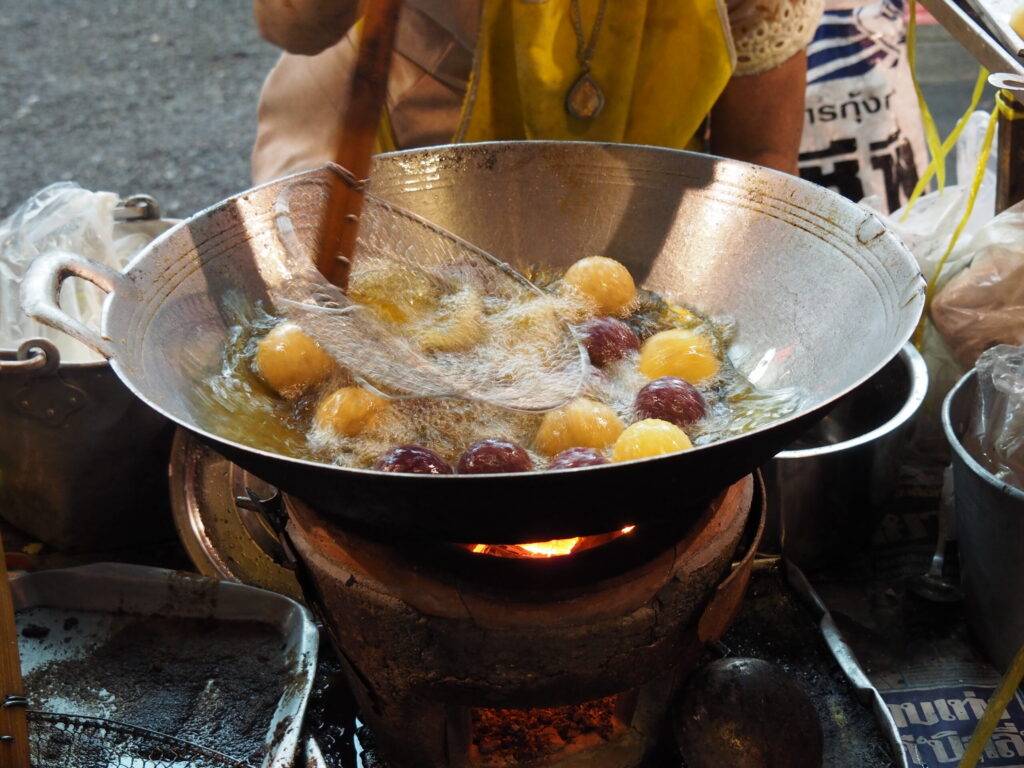
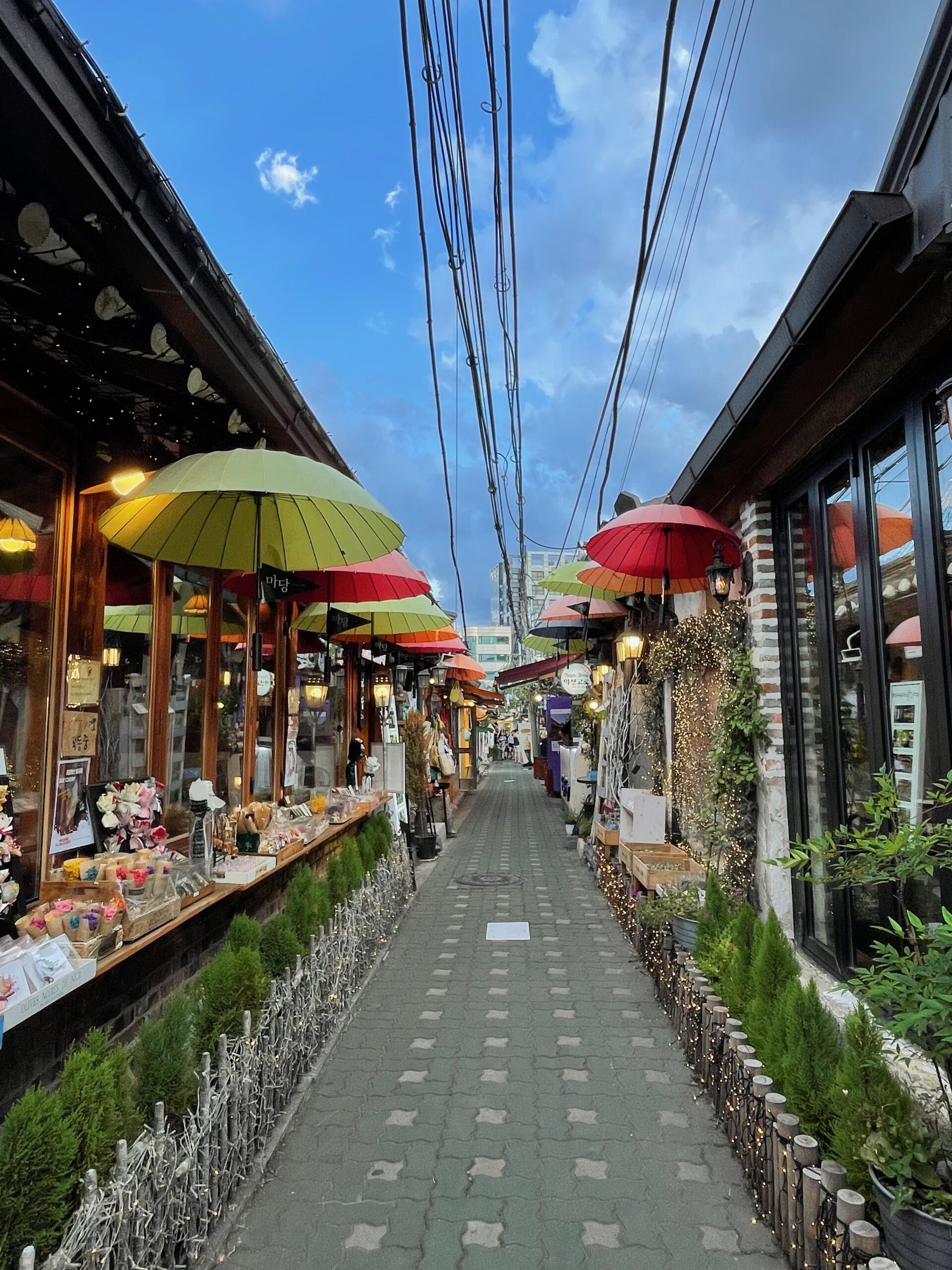

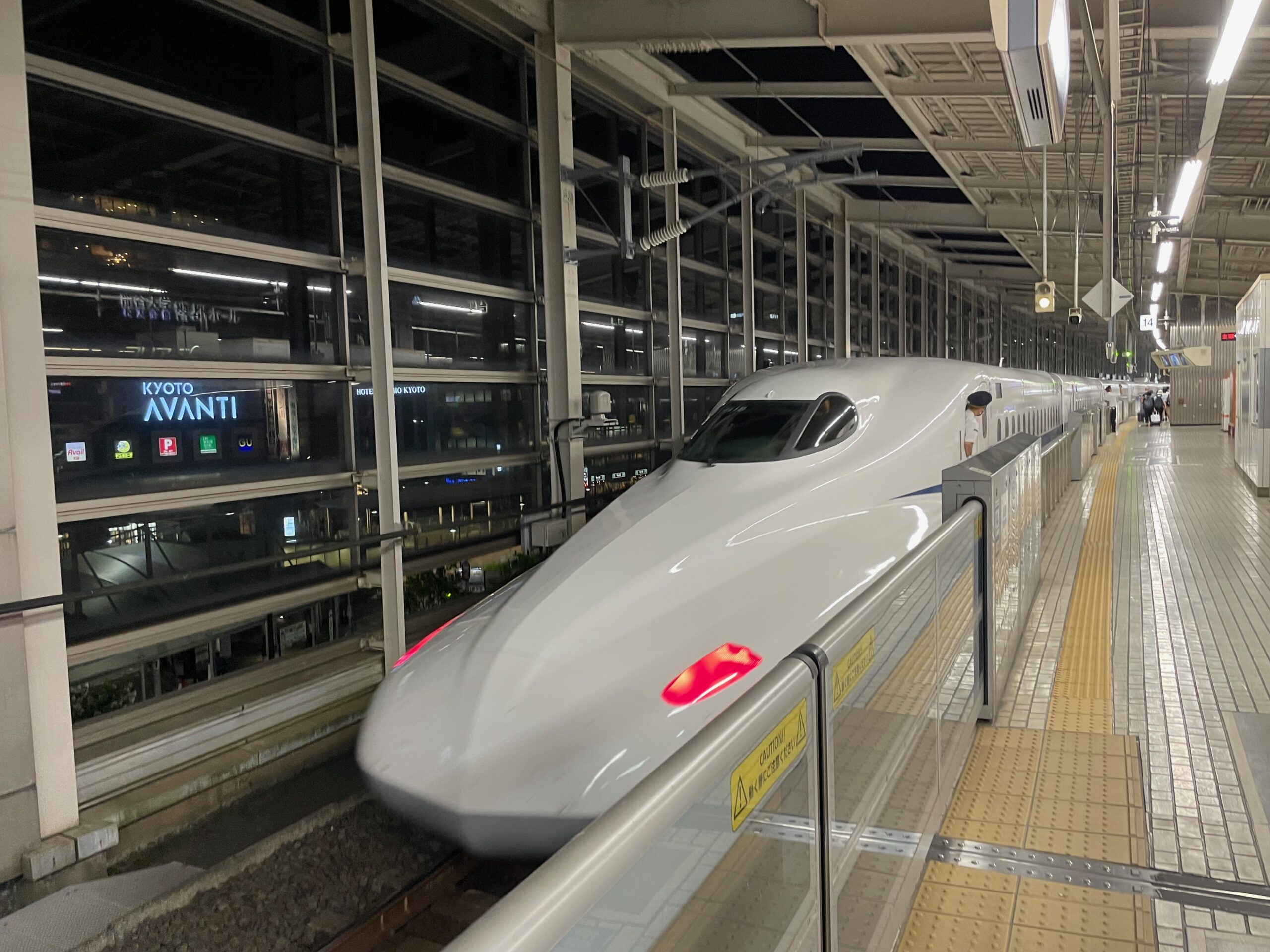
Much needed info for my first trip to Asia 😽
Love the pictures 😍 Which camera do you use?
I’ve been surfing online more than three hours today, yet I never found any interesting article like yours. It’s pretty worth enough for me. In my opinion, if all website owners and bloggers made good content as you did, the web will be a lot more useful than ever before.
So useful post 🙏 I find it very hard to verify the quality of food on the open markets, on the other hand I think that such places are amazing to try local cuisine so I’m very happy to read your advice and hope to use it in Malaysia next month 🫶🍲
Thanks for the tips! I’ve been always a bit lost in those markets as I’m not used to haggling and in general buying on street markets.
Good to know how to navigate all this:))